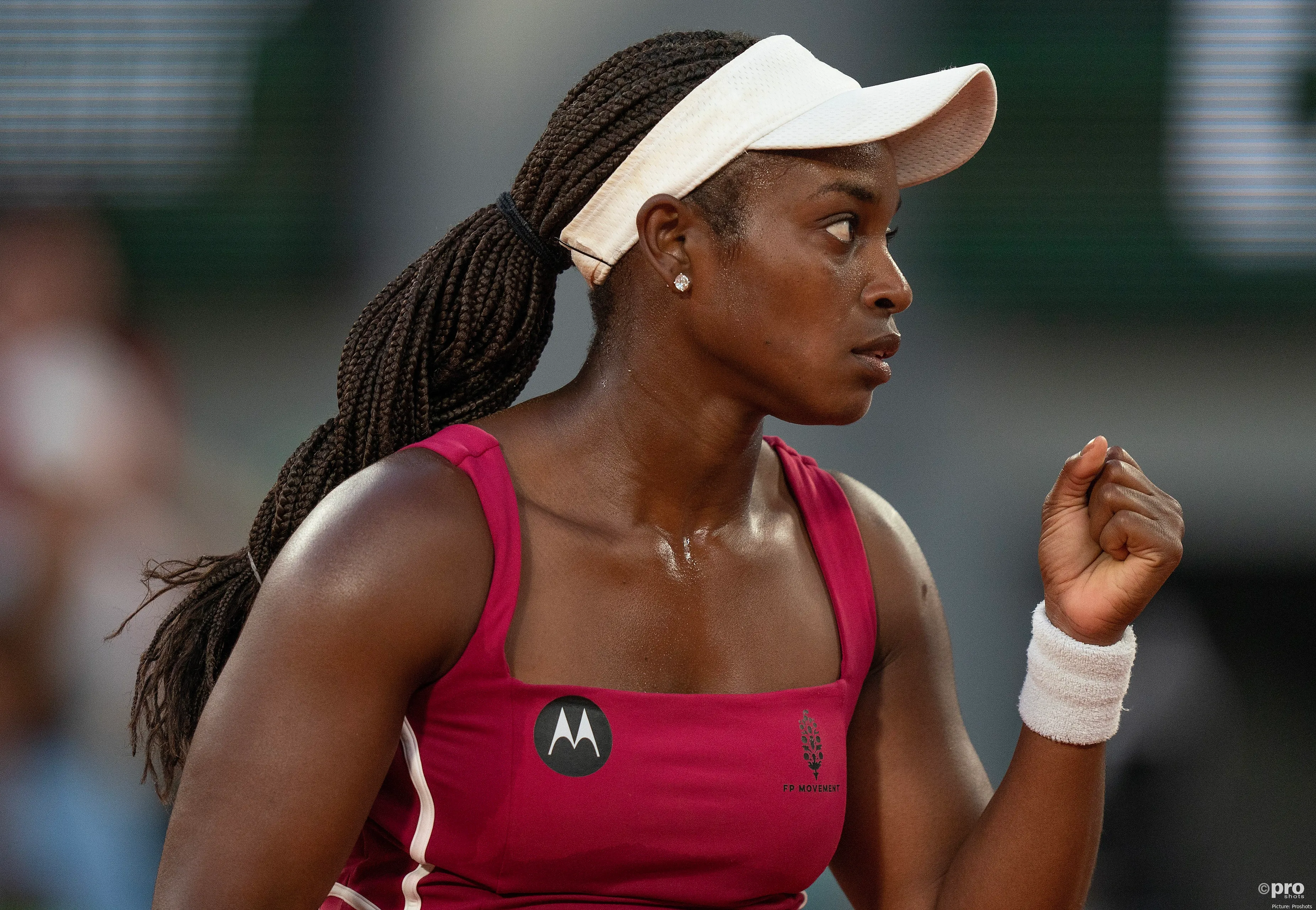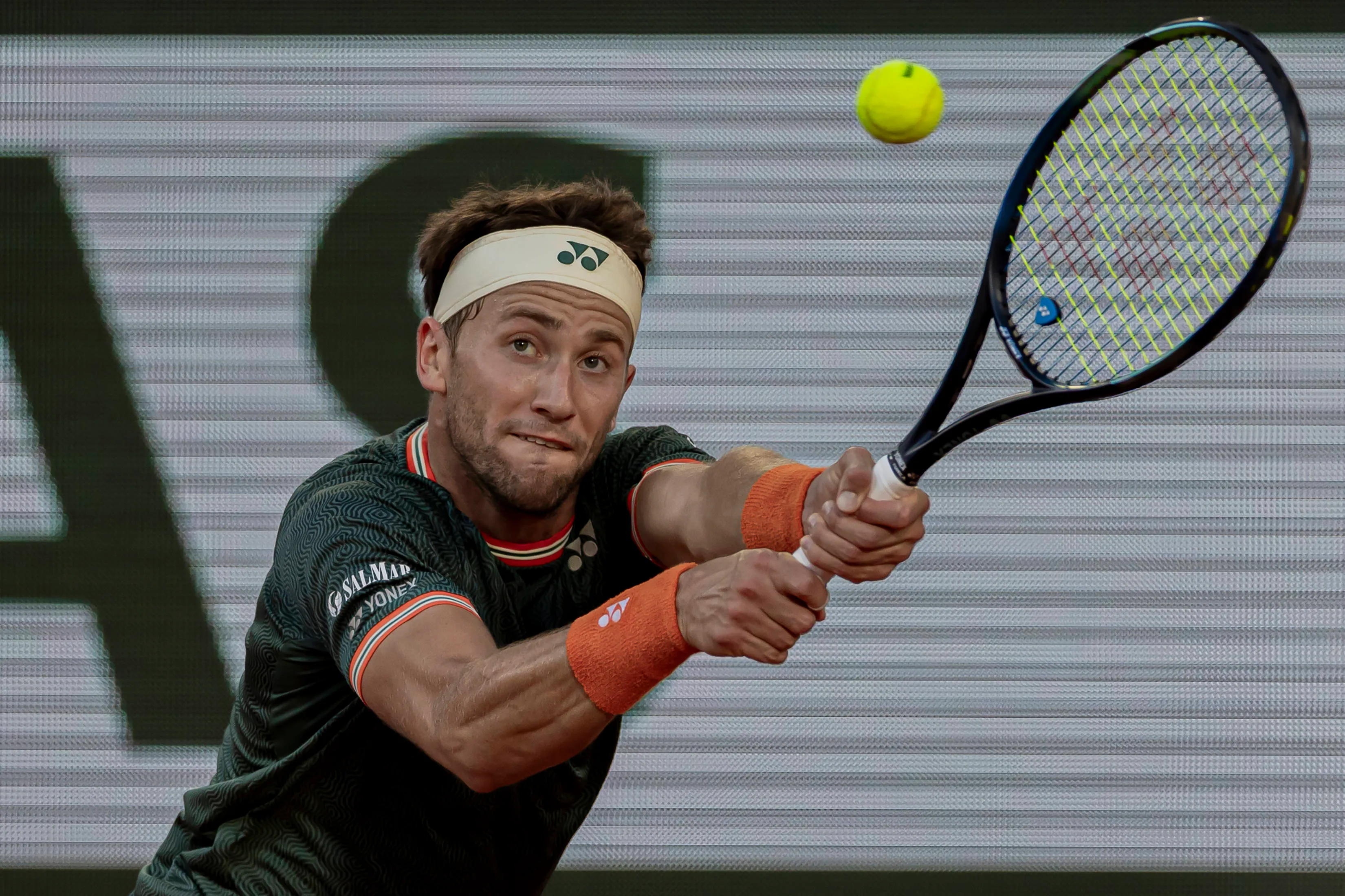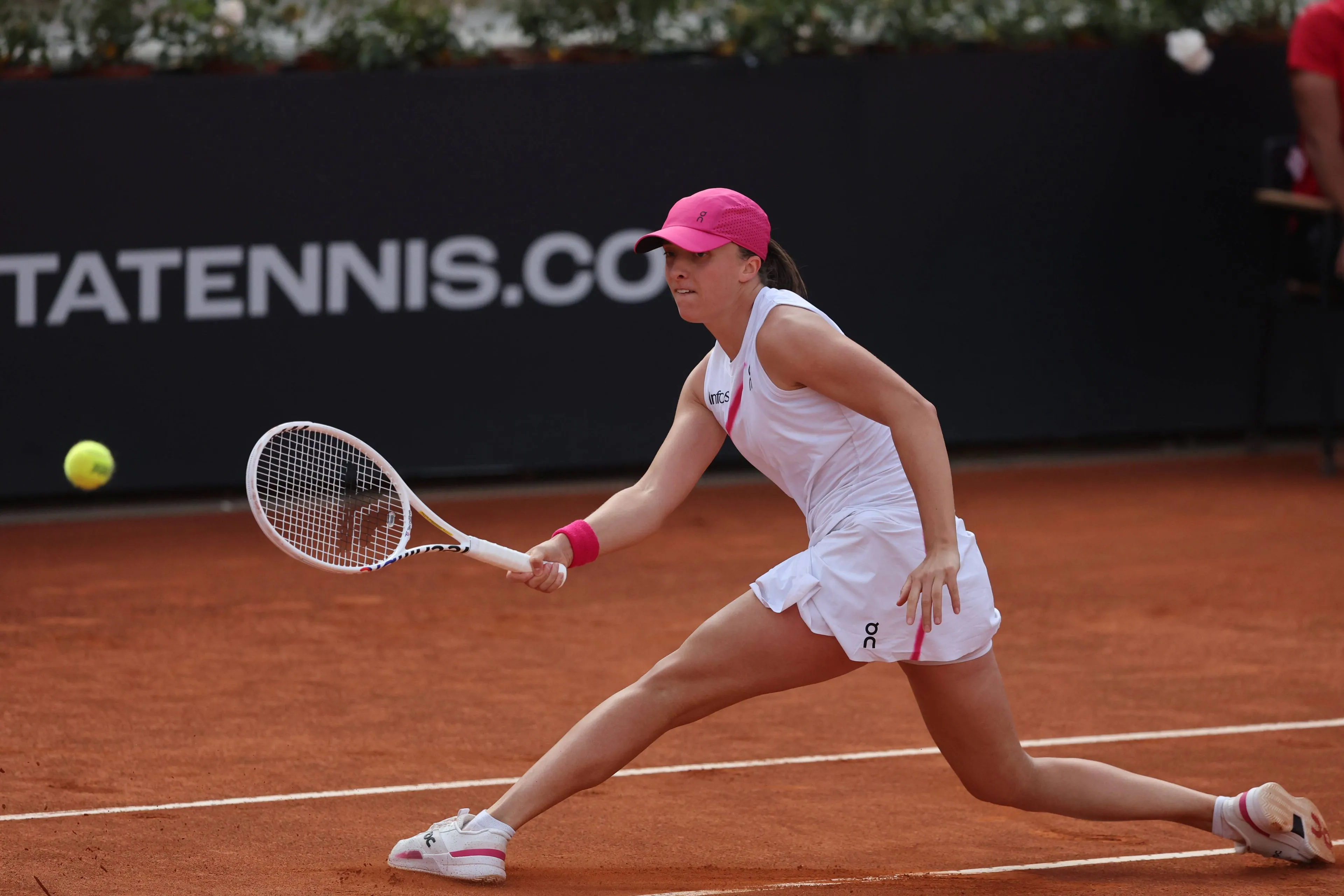Sloane Stephens backs Alcaraz and Swiatek in criticism of ATP and WTA Calendar
WTAMonday, 28 October 2024 at 01:30

The 2017 US
Open champion Sloane Stephens supports Carlos Alcaraz and Iga Swiatek, joining
in the criticism of the ATP and WTA calendar. Over the past year, this issue
has gained traction as top players from both Tours have voiced concerns about
the schedule’s impact on injuries.
One
significant change in recent years has been extending WTA 1000 and Masters 1000
tournaments to two weeks. Tournaments like the Rome Open, Madrid, Cincinnati
Open, and Canadian Open will now last two weeks, unlike the classic one-week
format. However, Indian Wells and the Miami Open have traditionally hosted
larger draws for some time.
Sloane Stephens joins stars in calling for Changes
The recent
ATP calendar update for 2025 shows 7 out of the 9 Masters 1000 events will now
run for two weeks, with draws expanding to 96 players. Only the Monte-Carlo
Masters and Paris Masters will remain one-week events, while the others will be
extended. For the WTA, seven of the ten WTA 1000 events, including Beijing,
Cincinnati, and Canada, will be held over two weeks.
Read also
Iga Swiatek
and Carlos Alcaraz have been vocal critics of these changes, and now another
Grand Slam champion has joined them. Former World No. 3 Sloane Stephens shared
her thoughts on Caroline Garcia’s podcast Tennis Insider Club,
discussing the injury risks posed by the demanding calendar. “I never pushed
myself to be like ‘I am going to stick it out for another three weeks just
because I need my ranking.’ I feel like a lot of players just do that in
general,” she said.
“You are
just there because you don’t want to pay the fine, or you’re supposed to be;
you entered the tournament, and you don’t want to have any more withdrawals.
You’re present, but mentally you’re not there.
“I feel
like one of the problems with both Tours, ATP and WTA, is that you are forced
to play even when you are probably not in the best mental state or physical
shape. Or you might be injured, and you just show up because that’s what you’re
supposed to do.”

Sloane Stephens won the 2017 US Open against Madison Keys.
A player
who competes in every Masters 1000 and Grand Slam faces at least 24 weeks of
potential competition. Adding in smaller ATP/WTA 500 events can easily push
that number over 30 weeks of intense play. Taking into account the occasional
rest weeks between events (such as after a strong Grand Slam performance), the
schedule extends to nearly 11 months for most players.
In fact,
players face fines if they don’t meet the required number of events each
season, with point penalties also in play. Last season, Iga Swiatek lost the
World No. 1 ranking to Aryna Sabalenka early due to such a penalty.
Read also
Swiatek and Alcaraz highlight injury risks
The 5-time
Grand Slam champion Swiatek has been one of the most outspoken critics of the
calendar. “Our calendar is crazy, probably the toughest one in sports,” the
Pole said in August. “Some sports are really tough physically and can wear you
down, but most sports get four months off, sometimes even six.”
Swiatek
competed in 12 tournaments throughout the season, finishing with a 54-7 record
and five titles. This is despite skipping three WTA 1000 tournaments, including
Montreal, the China Open, and the Wuhan Open. “Our schedule is crazy, and it’s
getting crazier every year, which is scary. You just have to train wisely.”
Read also
On a
similar note, 4-time Grand Slam champion Carlos Alcaraz shared Swiatek’s views,
saying: “I’m the kind of player who thinks there are too many tournaments
during the year, too many mandatory tournaments, and probably in the coming
years there will be even more, more mandatory tournaments. So, I mean, they’re
probably going to kill us in some way” (smiling).
claps 0visitors 0
Just In
Popular News
Latest Comments
- Venus Williams should not be given any wild cards. They should be given to younger players only. It is a disgrace to see a senior citizen struggling and moving like a SLOTH out there on court. She looks like Mike Tyson in his last fight. It is a disgrace.
- Old (very old), unimportant, meaningless 'news'. Normally this screams "PAY ATTENTION TO ME". But hard to tell who is seeking the attention??
- A few of the consistent players who had successfully climbed the charts last half of last season look to be for real again (Yastremska, Eala, Lys, Anisimova, and so). Barring injury or exhaustion this could be a Top 20 battle for top spots this season.
- She'll be "stacking" losses.
- Gross, unnecessary, and UNFAIR TO YOUNG COMPETITIVE PLAYERS.
- Thanks for sending It home.
- First round loss as usual, plus she moves like a sloth. It is unbelievable that she actually went 3 rounds with someone. Women tennis needs to be abolished, because if they cannot find quality players or give younger players a chance at these wild cards, there is no use to have their side of the sport exist. It is getting more and more ridiculous. And unwatchable.
- I see Emma has already begun her "reduced" schedule! Ha-ha-ha
- I agree 100% on axing the post-match Runner-up mandatory speech. There is so much wrong with that -- hanging time up to 20 minutes; cameras in your face as you wait on the bench to tell everyone how "amazing" they are, how "amazing" your opponent and his/her team are; pretend how happy it is to finish in Second Place; how much you "love the venue and atmosphere"; what restaurants & shops you visited and so. It's an unnecessary added and RIDICULOUS pressure..
- She can't hide the dropping of sponsors at this point. BTW: Nike reduced their $ponsor$hip last year (people have short memories). Bye, Bye Wilson!
Loading









